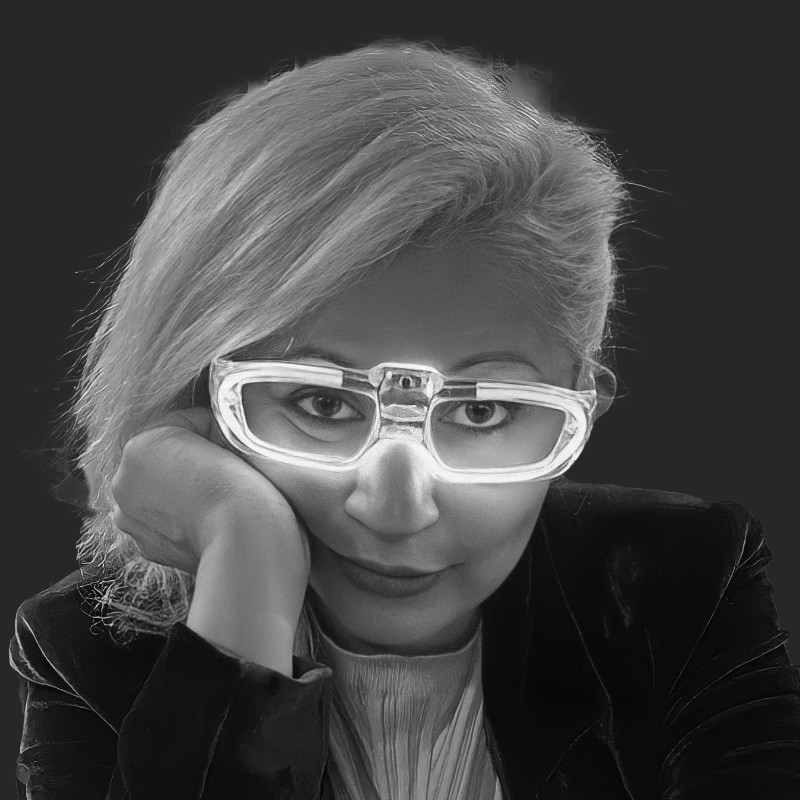“How do artists and scientists write to each other in the age of digital notebooks?”
The Codex is a Conversation
This Codex — strange, stitched, living — would not have taken its current form without the collaboration of Lídia Ganhito.
Lídia is a long-time partner, a brilliant professor at the Department of Arts at UNESP (São Paulo), and a practitioner of many languages: design, pedagogy, visual thinking, process curation.
Her ongoing work with artist books has been a key inspiration for how this project thinks of form as meaning — especially when the form must host complexity: disciplines, roles, phases, minds.
Why We Needed a Codex
When Eduardo Padilha and I imagined Creativity in vitro, we knew it wouldn’t be a single-track narrative. We were not just working with EEG data and neural nets — we were working with a growing, distributed mesh of:
- Mentors, consultants, scientists, artists
- Experiment logs, diagrams, images, papers, talks
- Questions, failures, field rituals, poetic provocations
So the Codex was born not as a blog, not as a portfolio, but as a navigation system: a way to hold the chaos. A way for people to arrive and find a path through the living archive of this artistic-scientific experiment.
Letters, Notebooks, Diagrams
In the age before “scientist” was a word, we had natural philosophers. They drew, annotated, dissected, described.
Scientific illustration emerged as a form of cognitive translation — an effort to render the invisible visible.
Artists and scientists wrote to one another — Goethe, for instance, exchanged letters with Alexander von Humboldt, blending poetry and empirical observation.
They filled sketchbooks, not with finished works, but with the trace of their gaze.
And now? We still draw. We still document. But the sketchbook has become digital.
We now ask:
How do we keep the spirit of the artist’s book — tactile, layered, intuitive — alive in a digital space?
Codex as Digital Alchemy
Together with Lídia, we asked:
- What is the aesthetic of process?
- How can we signal complexity without becoming unreadable?
- What kind of language, color, metaphor, or mess reflects our hybrid work?
This Codex is the result of those conversations.
It includes our glossary:
- Mad Scientists (Lina & Padilha)
- Alchemists (our mentors)
- Stitchers (those who join and contribute)
- The Surgery Table (our digital whiteboard, our Miro board)
Not Meta Yet
This post is a seed — not yet the full tree of the meta-design behind the Codex.
That, dear reader, will have to wait for another field note.
But for now, consider this an acknowledgment: that behind every chaotic archive, there is also a logic of care.
Our madness has a method
Thank you, Lídia, for helping us give shape to the formless.
 Lina Lopes
Lina Lopes 